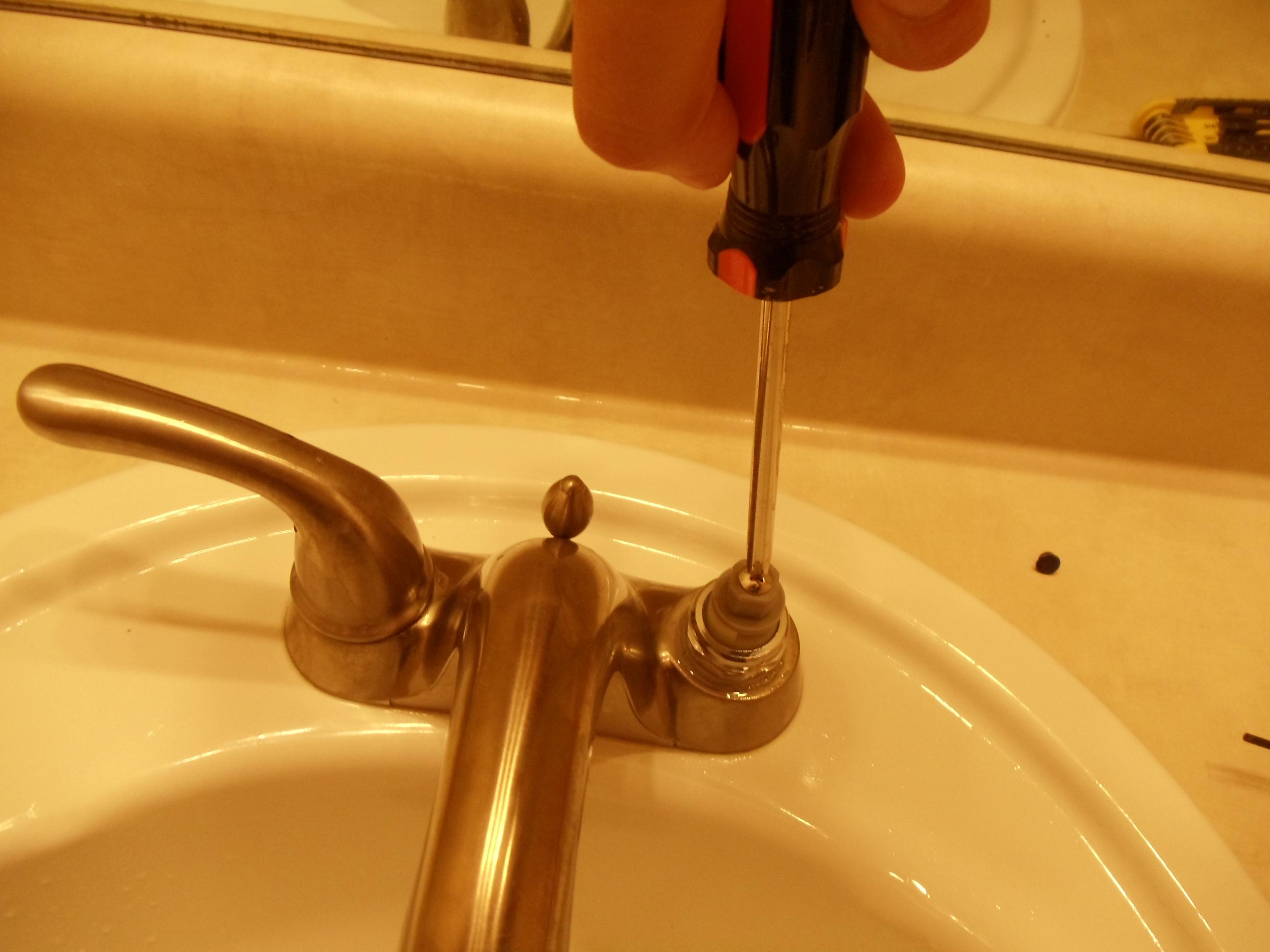Replacing RV Bathroom Faucet Parts: Rv Bathroom Faucet Leaking

Replacing worn-out parts in your RV bathroom faucet can be a straightforward task, saving you money and preventing further damage. It’s a common maintenance issue that can be tackled with basic tools and a little patience.
Selecting the Correct Replacement Parts
Choosing the right replacement parts is crucial for a successful repair. The wrong parts can lead to leaks, poor performance, and even damage to your faucet. To ensure compatibility, you need to identify the specific model of your RV bathroom faucet. This information is usually found on the faucet itself, or in the owner’s manual.
- Model Number: The model number is typically engraved on the faucet’s body or base. This number is the most important identifier for finding compatible parts.
- Manufacturer: Knowing the manufacturer of your faucet can help narrow down the search for compatible parts.
- Style and Features: The style and features of your faucet, such as the number of handles, spout type, and finish, are also important considerations when selecting replacement parts.
Tools and Materials Required
Before you start replacing parts, gather the necessary tools and materials:
- Adjustable Wrench: For loosening and tightening nuts and other fittings.
- Channel Lock Pliers: For gripping and turning small parts.
- Phillips Screwdriver: For removing screws that hold the faucet handle or cover plate.
- Flat-Head Screwdriver: For removing screws that hold the faucet body to the sink.
- Replacement Parts: Order the specific parts needed for your faucet model, such as O-rings, packing nuts, and cartridges.
- Plumber’s Tape: To seal threads on faucet parts.
- Basin Wrench: To access and tighten nuts that are difficult to reach.
- Rag or Towel: To protect the surrounding area from water and debris.
- Bucket: To catch any water that may drain from the faucet.
Replacing Worn-Out O-Rings, Rv bathroom faucet leaking
O-rings are small rubber seals that prevent leaks at various points in the faucet. They can become worn or brittle over time, causing water to leak. Replacing worn O-rings is a relatively simple process:
- Locate the O-Ring: O-rings are usually found around the faucet handle stem, cartridge, or other moving parts.
- Remove the Old O-Ring: Carefully remove the old O-ring using a small screwdriver or pliers.
- Install the New O-Ring: Lubricate the new O-ring with a bit of silicone grease and carefully slide it into place.
- Reassemble the Faucet: Reassemble the faucet according to the manufacturer’s instructions, ensuring all parts are properly aligned and tightened.
Replacing Worn-Out Packing Nuts
Packing nuts are threaded collars that hold the faucet stem in place. They contain a packing material that helps prevent leaks. Over time, the packing material can wear out, leading to leaks. Replacing a worn-out packing nut involves:
- Remove the Faucet Handle: Remove the faucet handle by unscrewing the handle screw or nut.
- Remove the Packing Nut: Use an adjustable wrench to loosen and remove the packing nut from the faucet stem.
- Install the New Packing Nut: Install the new packing nut onto the faucet stem, ensuring it is properly tightened.
- Reassemble the Faucet: Reassemble the faucet, including the handle, ensuring all parts are properly tightened.
Replacing Worn-Out Cartridges
Cartridges are the heart of a single-handle faucet, controlling both hot and cold water flow. They can wear out over time, causing leaks or poor water flow. Replacing a worn-out cartridge involves:
- Remove the Faucet Handle: Remove the faucet handle by unscrewing the handle screw or nut.
- Remove the Cartridge: Locate the cartridge, which is usually a cylindrical component with a threaded end. Use an adjustable wrench to loosen and remove the cartridge from the faucet body.
- Install the New Cartridge: Install the new cartridge into the faucet body, ensuring it is properly tightened.
- Reassemble the Faucet: Reassemble the faucet, including the handle, ensuring all parts are properly tightened.
